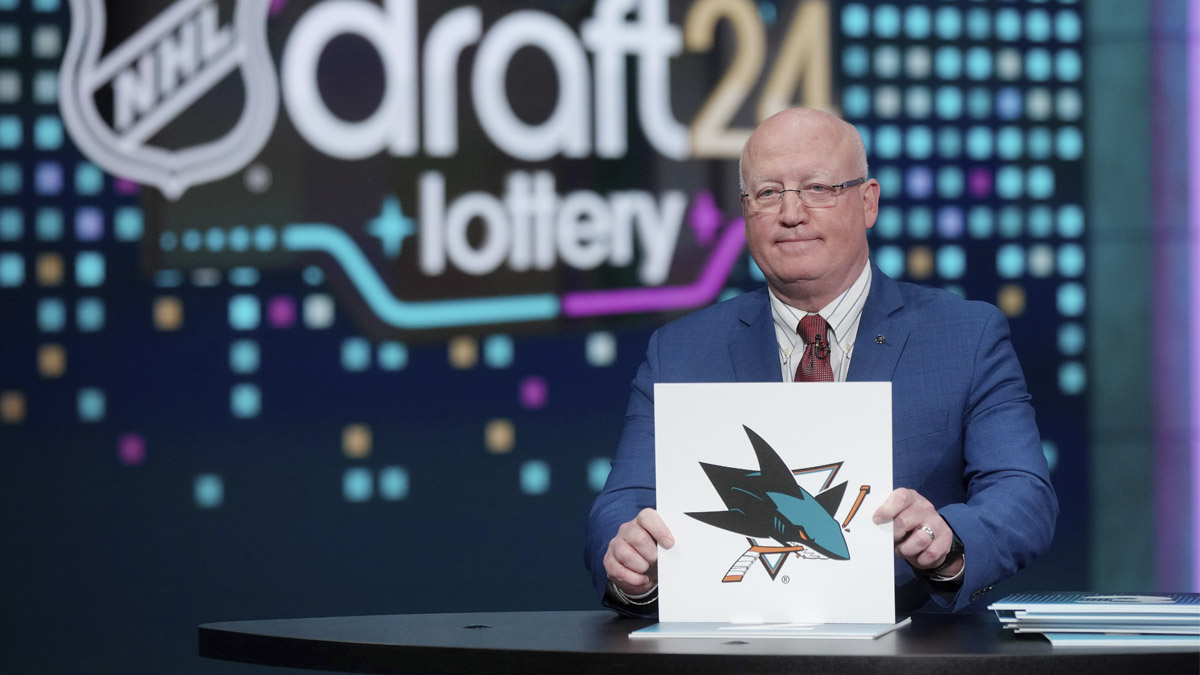Duckpin bowling. It’s a sport that might furrow some eyebrows outside of New England, but in Connecticut there’s more than just an understanding - there’s history.
For those unfamiliar, Duckpin bowling is played with shorter, more squat pins than ten-pin. You get three balls instead of two. And there’s never, ever been a perfect game.
“Ten-pin, there's been hundreds of 300 games all the time. Duckpin, there's never been a 300 game,” said Ty Turcott, manager at Highland Bowl in Cheshire. “Not one.”
To know duckpin bowling is to know its imperfections.
Get Connecticut local news, weather forecasts and entertainment stories to your inbox. Sign up for NBC Connecticut newsletters.
“You could throw the ball in exactly the same spot every time,” said Brian Ewing, president of CT Duckpins. “But the little imperfections in the lane, in the pins and the sideboards, they all conspire against you.”
Ewing, whose full-time job is as a high school English teacher, found another imperfection when looking into the history of his favorite sport: there wasn’t much.
“In Connecticut you hear about Nick Tronsky,” said Ewing. “For someone widely considered to be the greatest bowler who has ever played this game, to not be able to find any information about him anywhere, it's disappointing.”
Sports
Tronsky, from New Britain, was a top bowler of the early 20th century and hardly the only connection Connecticut has to Duckpin’s history. So Ewing decided to write the book: The Golden Age of Duckpin Bowling: The Myths and Legends That Made the Game.
“I actually uncovered another story,” said Ewing. “We didn't always have these machines to set up the pins.”
The story goes, said Ewing, that during World War II there was a shortage of "pin boys" – a job that’s exactly what it sounds like. One match in New London ended in a tie because there was no one to set the pins up for the tiebreaking game.
“Lucky for us, there was a gentleman driving home that night, who had played in that match,” said Ewing. “His name was Ken Sherman.”
Sherman - that’s the name you’ll see on duckpin pinsetters in lanes across Connecticut. That’s the kind of history that places like Highland Bowl are built on.
“My father has been in the game ever since I was born,” said Todd Turcott. “He's owned this location for over 25 years.”
Turcott, owner of Highland Bowl, hasn’t just kept his lanes running, but he’s curated a bit of a museum, too.
“Todd is definitely a bowling center operator who respects the history of the game,” said Ewing. “You may not notice it right away but there's lots of little touches to call back to that history."
Though it’s history that could be lost if they don’t find a way to strike a balance with the future.
“There's a really big tension in our game between what we've always done and trying to appeal to a new generation,” said Ewing.
At Highland Bowl, that means up-to-date scoring systems and an arcade for the younger bowlers, but the new is never too far from the old.
“You kind of still keep that old vibe with low ceilings and cool wall art and the newspapers on the wall,” said Turcott. “There's so much history involved and has so much meaning to it. And it's just original, you know it when you see it, you know what you’re getting and it’s just awesome to me."
You can learn more about a Duckpin bowling center in your area by clicking here.



